9 Cu Chi Tunnels facts few may know
Cu Chi Tunnels facts are not just boring relics with artifacts from the war period. This place contains unique stories, along with a complex tunnel system and solid military bases, challenging all judgments of the enemy. These secrets not only highlight historical value – but also deepen the resilient spirit of the Vietnamese people. Let’s explore 9 interesting facts about Cu Chi Tunnels to understand more about the great heritage of Vietnam.

Cu Chi Tunnels length is more than 250 km
You might not believe your eyes when you hear these Cu Chi Tunnels facts: Cu Chi Tunnels are over 250 km long! That’s right, a huge underground tunnel system divided into 3 levels with impressive depths: the highest level is 3m below ground, the middle level is 6m, and the deepest level is up to 12m. This is one of the most complex and amazing underground structures in the history of the Vietnam War.
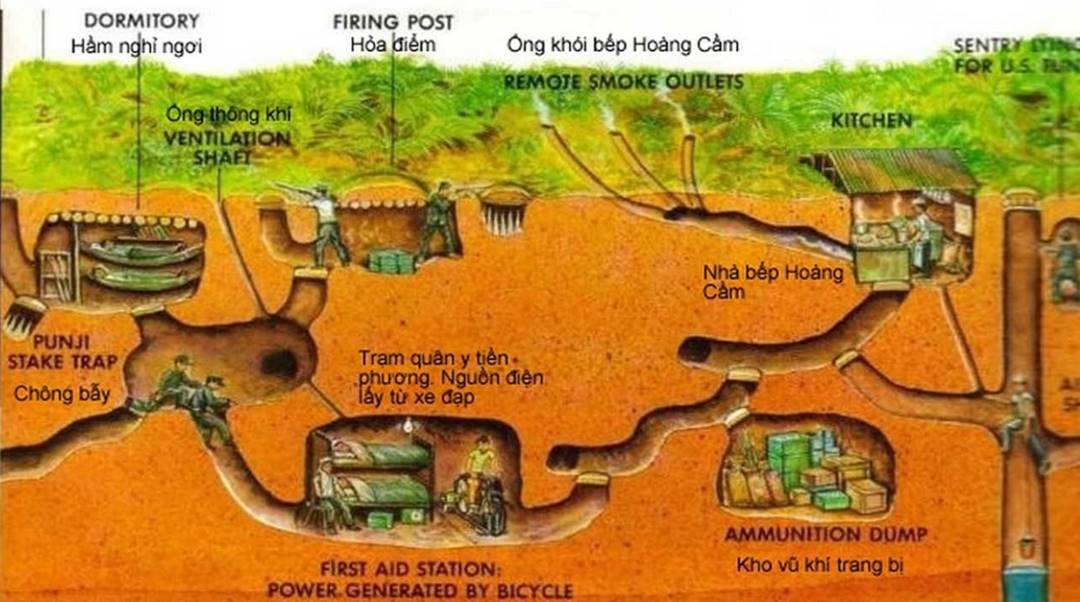
These Cu Chi Tunnels facts do not stop there. Cu Chi Tunnels is not only a temporary shelter for the army, but also a fully operational base with full amenities like an underground city. Thanks to this tunnel system, the army and people were able to move discreetly and flexibly, preserve their forces, and continue to fight bravely throughout the resistance war against America.
Cu Chi Tunnel system was built entirely by hand
Another Cu Chi Tunnels fact that surprises many people is that the entire tunnel system, hundreds of kilometers long, was dug entirely by hand. Without using modern machinery, local people and soldiers used rudimentary tools to dig underground for the purpose of hiding and concealing weapons. Initially, each village built its own tunnels, but later they were gradually connected, forming a complex, interconnected tunnel system, like a giant network.

According to the Ho Chi Minh City Department of Culture and Sports, the hand-built construction of the Cu Chi Tunnels not only showcased human ingenuity and perseverance but also reflected the creativity and resilience needed to survive in harsh conditions. This remarkable feat has become a symbol of Vietnam’s enduring spirit, leaving a profound impression on visitors from around the world. Many of the historical figures who played a direct role in constructing the tunnels still reside in the area, serving as vital living witnesses who help preserve the valuable legacy of this heritage.
Cu Chi Tunnels unique ventilation system
One interesting fact about Cu Chi Tunnels is its unique ventilation system. As you enter the maze of passages, you will be amazed by the sophisticated design of the Cu Chi people. The vents are arranged every 10 to 15 meters, camouflaged like termite mounds, allowing air circulation and protecting against enemy surveillance.
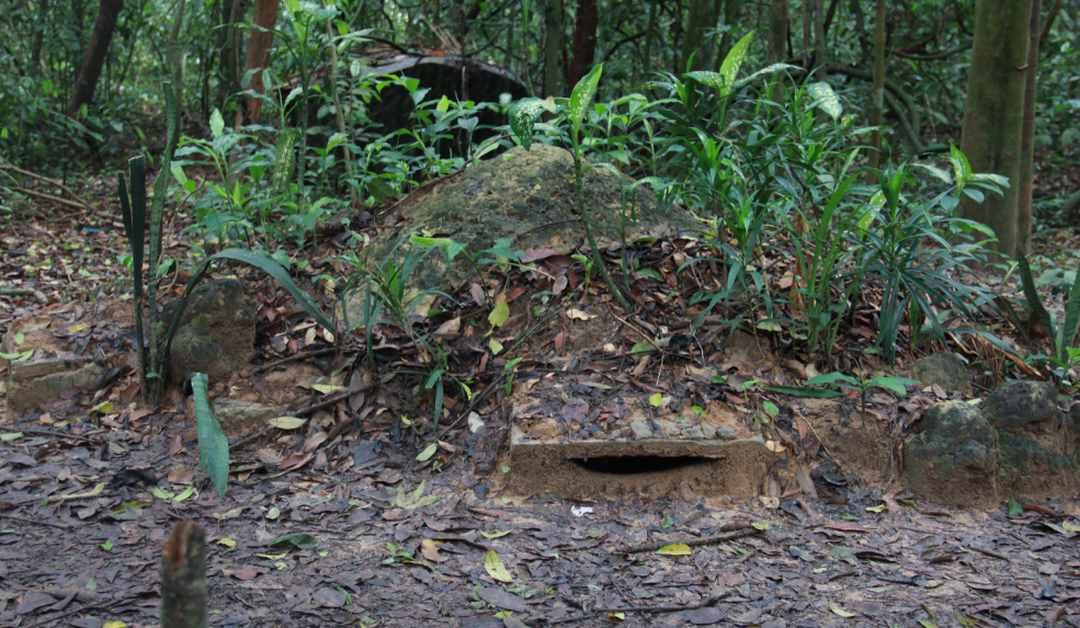
This ventilation system is not only a unique construction technique but also reflects the creativity of the people in the context of war. A little-known Cu Chi Tunnels fact is that thanks to this system, soldiers can operate effectively, maintain their health in the stuffy underground environment, while still ensuring that they are not detected by the enemy.
Cu Chi Tunnels: A Maze of Impressive Engineering and Terrifying Traps
The traps at Cu Chi Tunnels were not only part of the defense system but also reflected a Cu Chi Tunnels facts – a testament to the creativity and resilience of the Vietnamese people. The sophisticated designs and clever camouflage strategies created constant fear for American soldiers. Traps such as rotating spike traps, hunting traps, and hanging spike traps not only confused the enemy but also created surprise attacks, causing heavy losses to them right from the beginning of the invasion.

In addition, another Cu Chi Tunnels fact is that the sophisticated ventilation holes and traps were arranged extremely reasonably, contributing to creating surprise attacks and causing heavy damage to the American forces. These efforts not only affirmed the strength of the Cu Chi people, but also demonstrated the indomitable spirit of the Vietnamese people in the face of the enemy’s powerful attacks.
Discover the Hidden Kitchens and Infirmaries of Cu Chi Tunnels Inside
Among the many Cu Chi Tunnels facts, there are key special areas beyond the routes and traps, such as the Hoang Cam kitchen and the infirmary. The Hoang Cam kitchen was ingeniously designed to prevent the smell of food from escaping to the surface, allowing soldiers to cook and maintain their health without risk of detection. It served not only as a place for preparing meals but was also cleverly set up to minimize smoke, ensuring that cooking activities remained hidden from the enemy.

The infirmary within the tunnel system served not only as a medical facility for wounded soldiers but also as a symbol of vitality and resilience during the war. The Cu Chi Tunnels facts reveal that this space was essential for treating the injured while also reflecting the careful planning and solidarity of the Cu Chi people throughout the resistance.
The complex Cu Chi Tunnels diagram
The Cu Chi Tunnels are more than just a system of underground tunnels; they have become important bases in historical wars, especially during the Vietnam War. Built in the 1940s, the system assisted the army and local people in planning attacks, hiding safely and preserving food, and avoiding the pursuit of the American army.
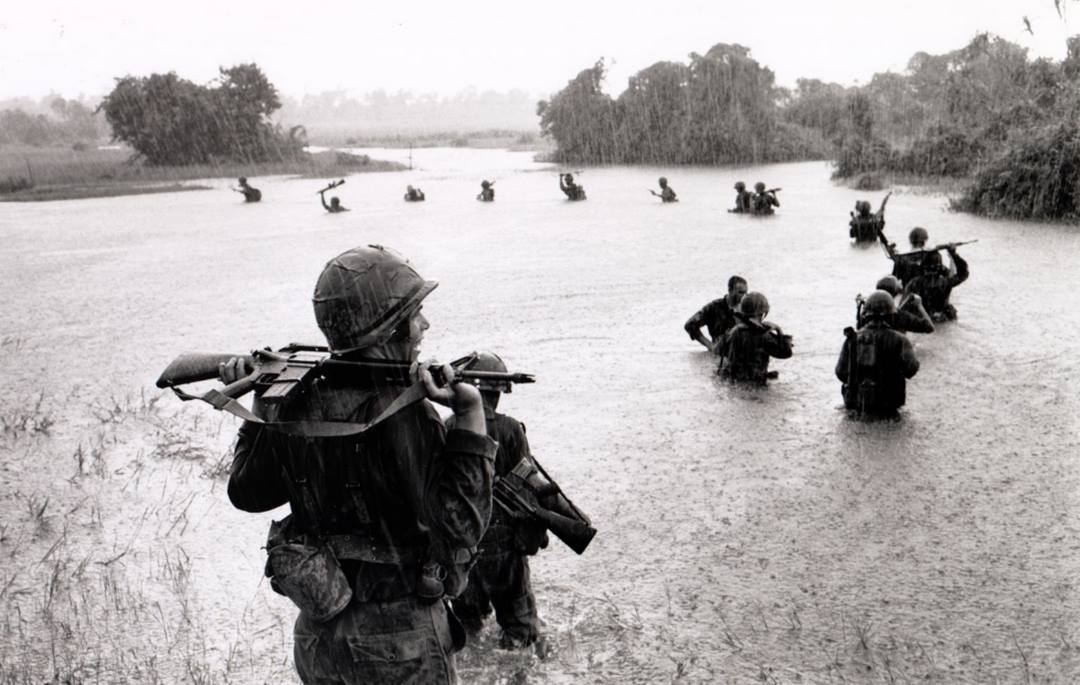
Cu Chi Tunnels facts show that this tunnel system witnessed many famous battles, such as the Tet Offensive in 1968, when soldiers could move quickly between positions to create an element of surprise for the enemy. Today, Cu Chi Tunnels is not only a tourist destination but also a symbol of the strength and resilience of the Vietnamese people.
Not everyone knows about Cu Chi Tunnels restaurant
Located on the banks of the poetic Saigon River, this restaurant offers the perfect relaxing space for you to enjoy the unique specialties of the Southeast region after hours of exciting exploration at the Cu Chi Tunnels.
Here, you will have the opportunity to enjoy specialties with bold flavors of the countryside such as sour soup with giang leaves, braised fish in clay pot, rice paper with baby fish, banh xeo, along with young beef and seven other different dishes.
Each dish is meticulously prepared, showing the sophistication and uniqueness of traditional cuisine, all at a reasonable price.
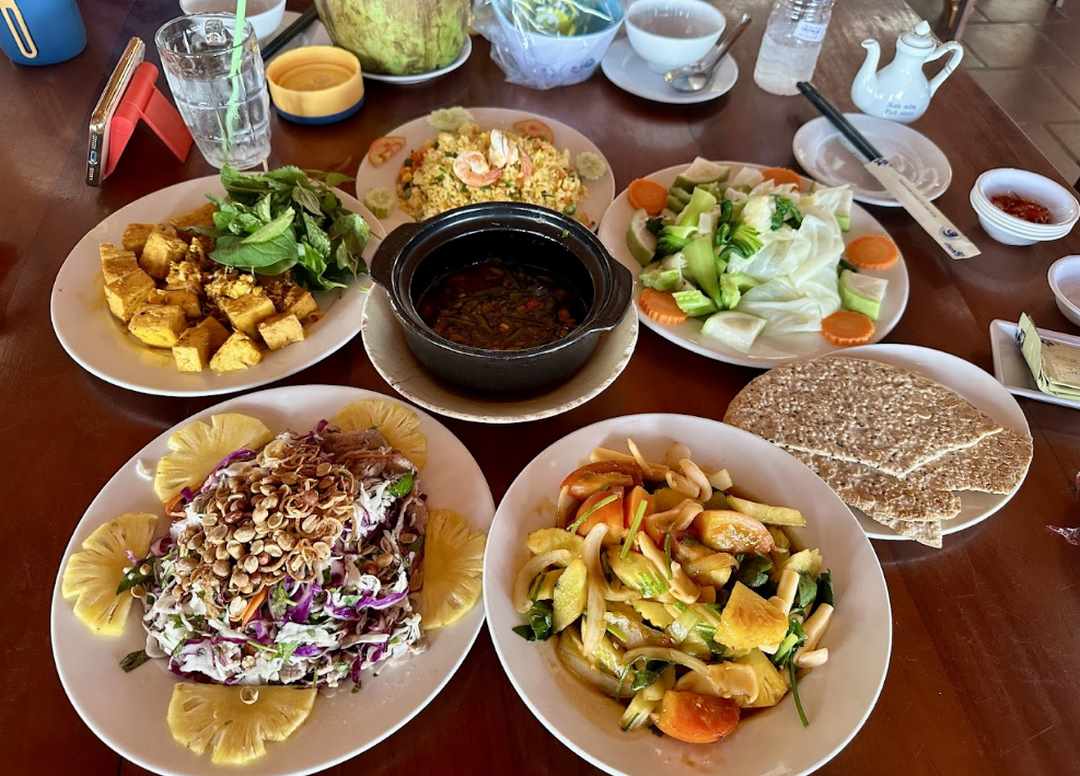
Not only that, Cu Chi Tunnels Restaurant at Ben Duoc Tunnels also stands out with its attentive and friendly service, giving diners a feeling of closeness and warmth. In particular, with many attractive incentive programs for groups of guests who book in advance, this place will bring you an unforgettable culinary experience amidst beautiful natural scenery.
Cu Chi Tunnels food is famous for its rustic steamed cassava.
“Potato wheat”, also known as cassava, is a familiar and popular ingredient in this land. Steamed cassava at Cu Chi Tunnels brings a unique flavor, blending natural sweetness with a simple yet sophisticated preparation method. Usually, steamed cassava is served with sesame salt or coconut milk, creating a perfect combination in every bite.
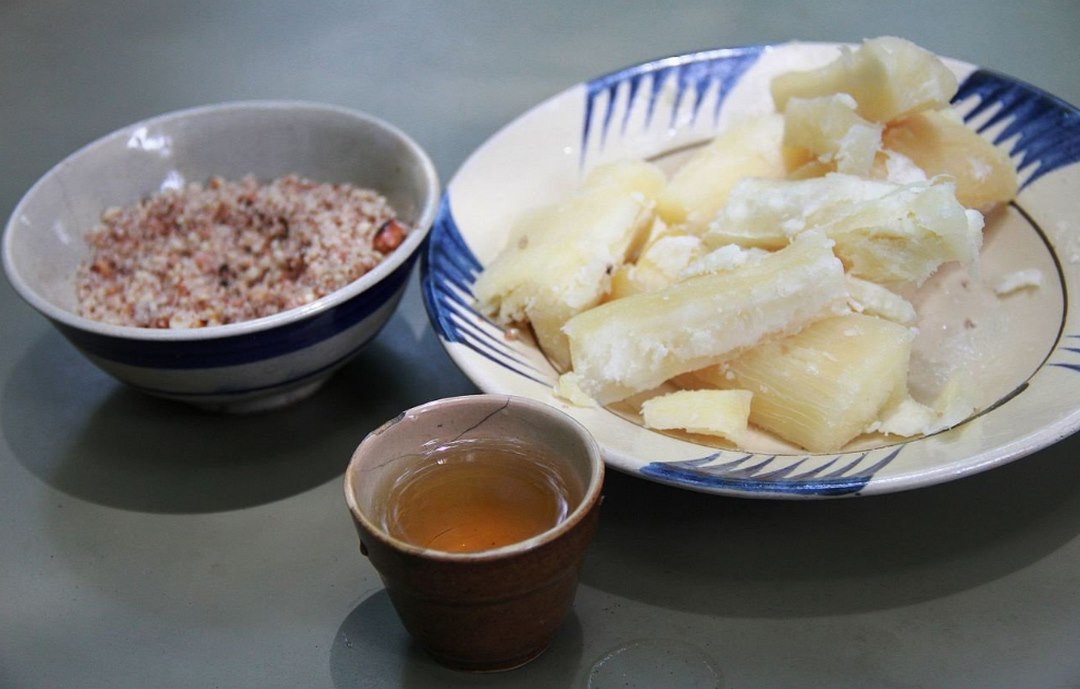
Not just a dish, steamed cassava also carries stories and memories of the people here during the resistance war. Cu Chi Tunnels facts show that this was once the main source of food, helping them overcome difficult days. When coming to Cu Chi Tunnels, you not only discover the mysteries hidden deep underground but also have the opportunity to enjoy the familiar cuisine, rich in the culture of this land.
Cu Chi Tunnels Designated as a National Heritage Site
The Cu Chi Tunnels, with their unique historical and cultural values, have been recognized as one of the National Heritages. This underground tunnel system is not only a technical achievement of the Vietnamese people but also a symbol of strength, resilience and resistance spirit during the war years.

It’s an irrefutable Cu Chi Tunnels facts that being recognized as a National Heritage Site helps preserve its historical significance while attracting both domestic and international tourists. It also provides an opportunity to educate younger generations about the nation’s heroic past and serves as a tribute to the sacrifices of those who lived and fought within these tunnels.

